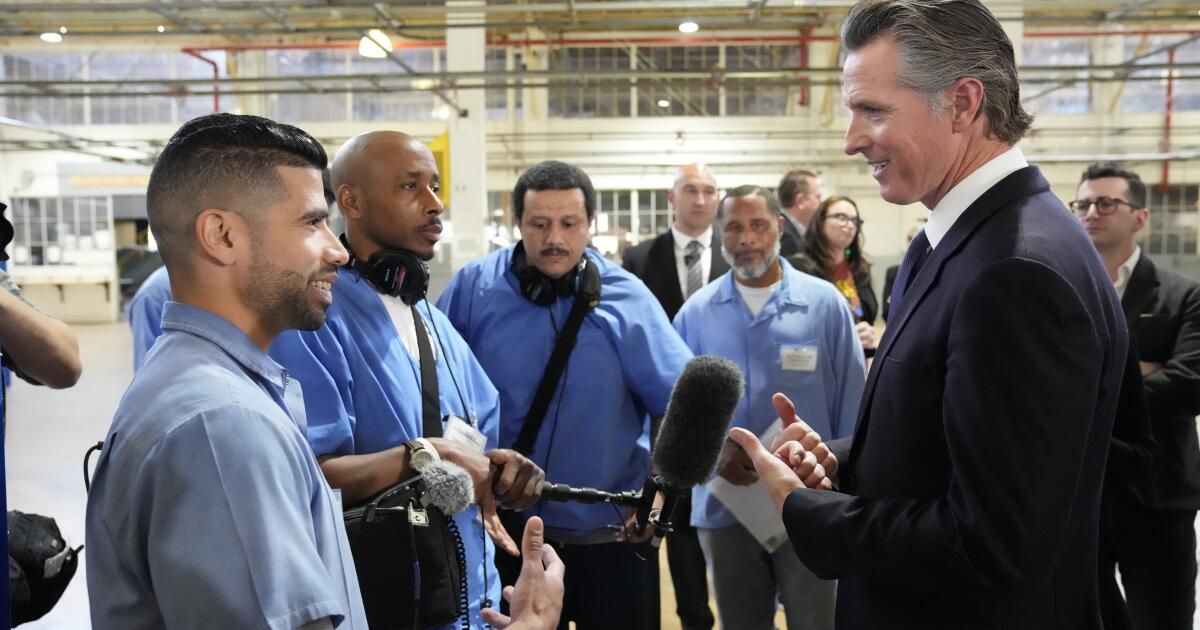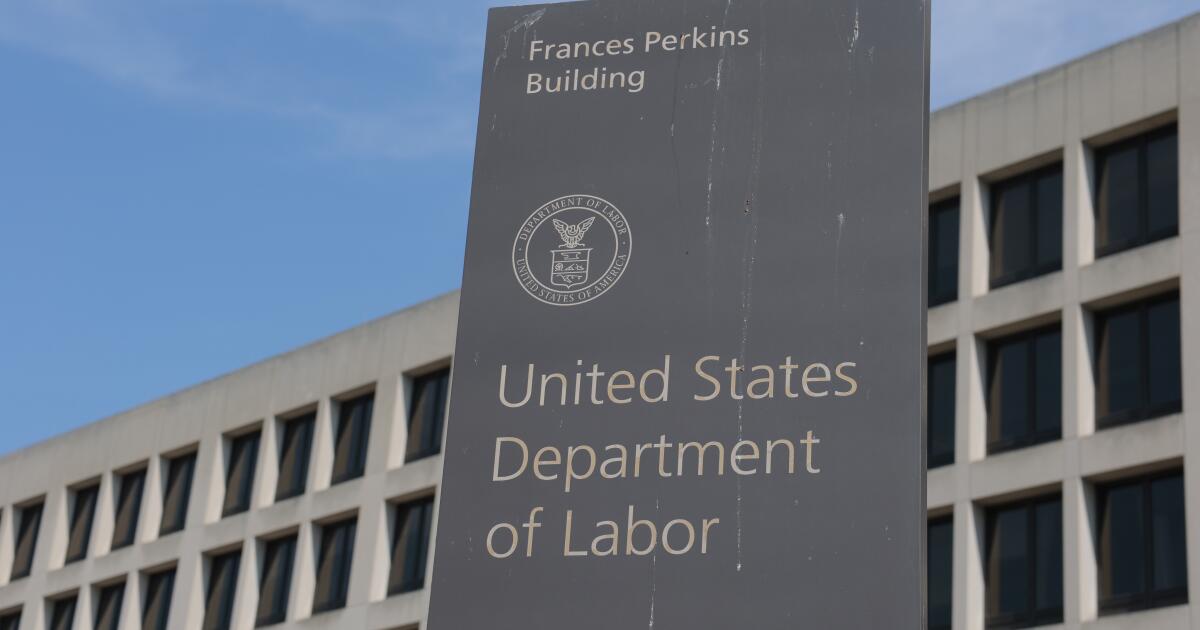A state board recently voted unanimously to create long-awaited indoor heating standards for California workers. After a final legal review, that will mean protections for millions of people who work in warehouses, kitchens and other workplaces that are becoming dangerously hot as the climate warms.
The board did make one glaring exception, however: for prisons and jails. The state Department of Finance had withdrawn its support for the rules just as they were about to be approved in March, noting that the rules would cost prisons and jails more than they could afford. billions of dollarsTo get around the regulations, the California Division of Occupational Safety and Health, known as Cal/OSHA, excluding such facilities of the rules.
Opponents of the rules point to the high costs associated with installing and operating cooling systems, which offer workers more breaks and other ways to adapt to the heat. And adapting to climate change is indeed expensive. So excluding prisons and jails may seem like a simple, pragmatic way to reduce the cost of regulations that will undoubtedly be expensive anyway.
However, research has suggested that regulations could save up to $875 million annually in preventing heat-related injuries among California workers. And the threat is increasingly urgent: last summer was the hottest recordedAnd this one might be even more appealing.
Extreme heat kill more people Heat is more common than any other extreme weather event or natural disaster, although these deaths are often difficult to recognize and tend to go unrecorded in official counts. Heat can also contribute to a range of illnesses and injuries, from kidney disorders, strokes and exhaustion to workplace accidents. And heat can exacerbate underlying health problems.
In short, the need to regulate indoor heating is clear. Lives can be saved if these rules are imposed as soon as possible, especially now that the summer heat is upon us.
Cal/OSHA has indicated that it might develop stand-alone standards for California prisons and jails, but it has taken nearly a decade to come close to adopting indoor heating standards for other facilities. Because of the high cost of cooling prisons, the sense that air conditioning is a “luxury,” and the dehumanizing belief that incarcerated people do not deserve such care, it seems unlikely that we will see stand-alone heating standards for such facilities in the near future.
However, the danger of heat in California's jails and prisons is undeniable. Incarcerated people are especially susceptible to extreme heat for several reasons, including the location of jails and prisons, the way they are built, the general lack of air conditioning and ventilation, the prevalence among prisoners of health problems that heat can worsen, and the use of psychiatric drugs that exacerbate the consequences of heat. Incarcerated people are on the edge of vulnerability to climate change.
California has a moral and legal obligation to ensure that incarcerated people are protected from the heat. As legal scholar Sharon Dorovich has noted: detailedSociety’s right to incarcerate anyone is based on a “carceral compact” made by the State that entails “an ongoing affirmative obligation to meet the basic human needs” of prisoners. The constitutional prohibition of cruel punishment makes this duty “non-negotiable.”
The State is not keeping its end of the bargain. A recent report survey of incarcerated people in California found that two-thirds of respondents had experienced extreme heat and that the state plans No measures have been implemented to protect them.
Like climate adaptation, incarcerating people is costly: California spends roughly $132.860 It takes a year of public money to keep a person in detention. If we cannot meet the basic needs of these people, we are obliged to release them.
The state's nonpartisan Legislative Analyst's Office recently… calculated that deactivating five California prisons would save $1 billion a year. Prison closures according to a report road map developed by Californians United for a Responsible Budget could cover the cost of weatherizing the remaining facilities. 13,000 empty beds, and the number is expected to increase even further, we have the capacity to do so.
Downsizing a dilapidated and overextended prison system makes fiscal sense for a state that is in the red. And, as temperatures continue to rise, closing prisons and jails is an increasingly promising strategy for pragmatic and ethical climate adaptation that won’t break the bank and will save lives.
Nicholas Shapiro is the director of the UCLA Prison Ecologies Laboratory. Bharat Jayram Venkat is the director of the UCLA Heat Laboratory.












